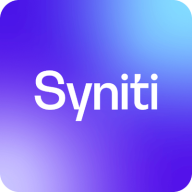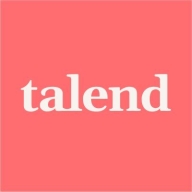

Talend Data Quality and Syniti Data Quality are major players in data quality solutions. Talend often leads in cost-effectiveness and support, while Syniti is favored for its comprehensive capabilities due to advanced features.
Features: Talend Data Quality includes data profiling, cleansing, and enrichment tools, and integrates with other Talend products for seamless data management. Syniti Data Quality focuses on sophisticated data governance, analytics capabilities, and solutions essential for strategic decision-making, catering to complex enterprise environments.
Ease of Deployment and Customer Service: Talend provides a straightforward deployment process and responsive customer support, allowing quick setup and minimal disruptions. Syniti's deployment is more complex due to its feature set and customization, with dedicated assistance often required initially.
Pricing and ROI: Talend generally offers lower upfront costs and competitive ROI, attracting budget-conscious organizations. Syniti requires higher initial investment but offers a superior ROI through its functionality, suitable for large-scale enterprises seeking long-term value.
| Product | Market Share (%) |
|---|---|
| Talend Data Quality | 4.9% |
| Syniti Data Quality | 5.8% |
| Other | 89.3% |

| Company Size | Count |
|---|---|
| Small Business | 9 |
| Midsize Enterprise | 4 |
| Large Enterprise | 4 |
Data quality management solutions from Syniti provide a simplified and cost-effective approach. They create a closed-loop remediation process owned by business users that monitors and accurately remediates data that violates your standards for data quality.
We monitor all Data Quality reviews to prevent fraudulent reviews and keep review quality high. We do not post reviews by company employees or direct competitors. We validate each review for authenticity via cross-reference with LinkedIn, and personal follow-up with the reviewer when necessary.